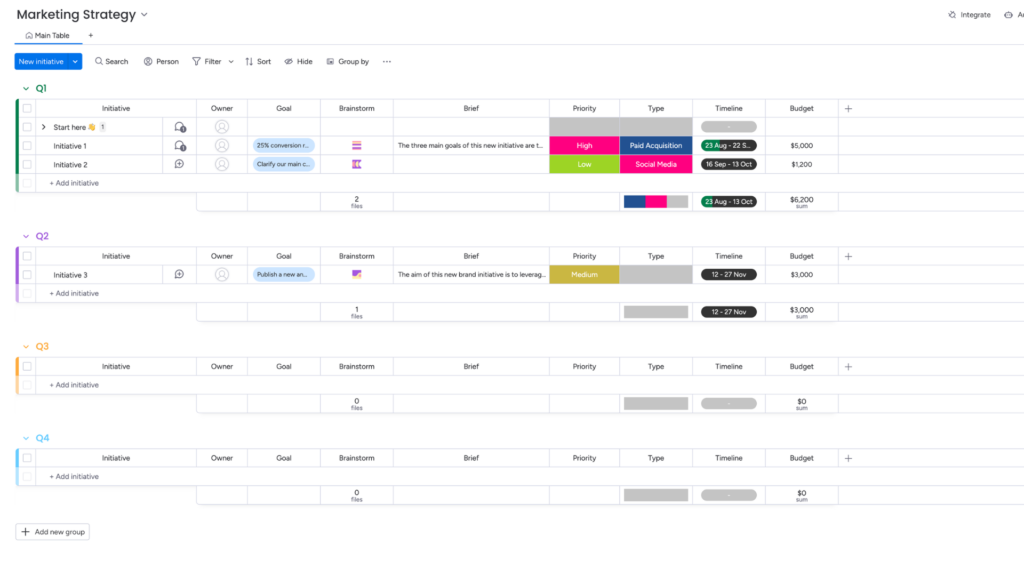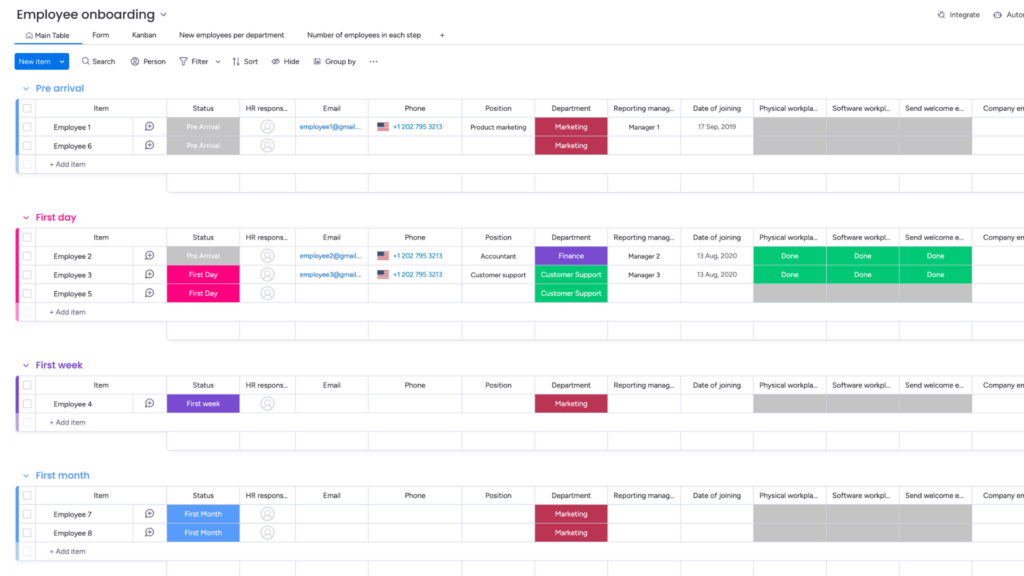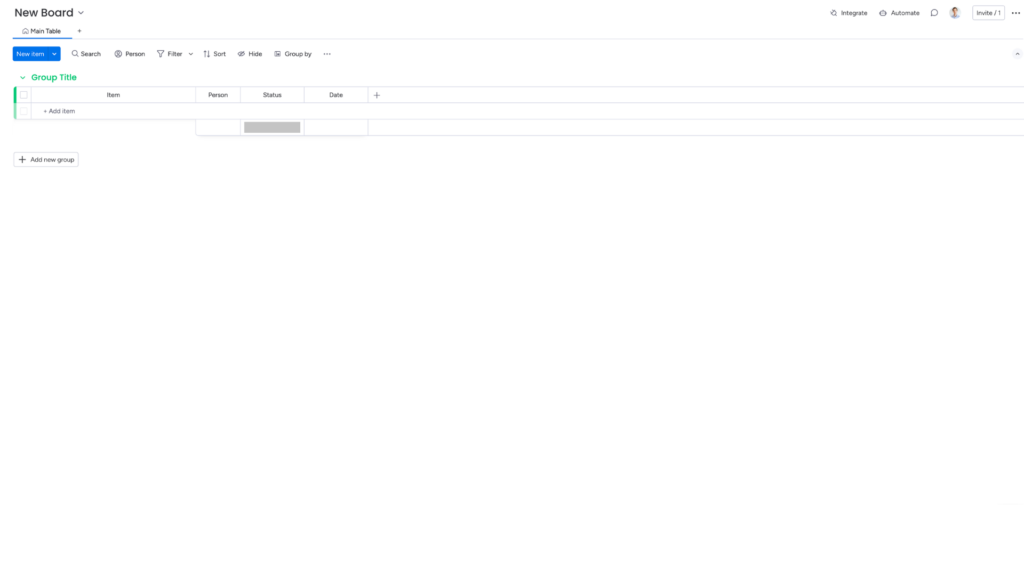What Are Project Management Templates?
Project management templates are pre-built frameworks that serve as starting points for new projects. Think of them as blueprints that contain standardized elements, workflows, and best practices that can be easily replicated across multiple projects. These templates eliminate the need to reinvent the wheel with each new initiative, providing a consistent and proven structure that can be customized as needed.

The Strategic Value of Templates
Templates deliver multiple benefits that can significantly improve project outcomes:
Time Efficiency
By eliminating the need to create project structures from scratch, templates dramatically reduce setup time. This efficiency allows teams to focus on actual project execution rather than administrative setup.
Consistency
Templates ensure that every project follows established best practices and standards, reducing the risk of overlooking critical steps or requirements.
Quality Control
With standardized processes and checkpoints built into templates, teams can maintain higher quality standards across all projects.
Essential Elements of Effective Templates
A well-designed project template typically includes:
- Project Structure: The basic framework that outlines project phases, milestones, and key deliverables.
- Task Dependencies: Pre-defined relationships between tasks that help maintain proper project flow.
- Role Assignments: Clear designation of responsibilities and accountabilities for different project elements.
- Timeline Guidelines: Standard timeframes for various project components based on past experience.
Common Template Applications
Templates can be particularly valuable in various project scenarios:
New Employee Onboarding
Create a consistent experience for all new hires with:
- Welcome email sequences
- Equipment setup checklists
- Training schedules
- Documentation requirements

Marketing Campaigns
Standardize campaign execution with templates for:
- Campaign planning phases
- Content creation workflows
- Review and approval processes
- Launch checklists
Product Development
Structure development cycles with templates covering:
- Research and planning
- Design phases
- Testing procedures
- Launch preparations
Creating Effective Templates
To develop templates that truly add value:
Start with Analysis
Review past successful projects to identify:
- Common elements
- Critical paths
- Recurring challenges
- Best practices
Include Flexibility
Build in customization options to accommodate:
- Different project scales
- Varying team sizes
- Diverse client needs
- Industry-specific requirements
Maintain Regular Updates
Keep templates current by:
- Incorporating lessons learned
- Updating best practices
- Refining processes
- Adding new efficiencies

Maximizing Template Benefits
To get the most value from your templates:
- Regular Review and Updates: Periodically assess template effectiveness and make improvements based on team feedback and project outcomes.
- Team Training: Ensure all team members understand how to use and customize templates effectively.
- Documentation: Maintain clear guidelines for template usage and customization to ensure consistent application across the organization.
Implementation Best Practices
When introducing templates into your project management approach:
- Start Small: Begin with simple templates for well-defined, recurring processes before tackling more complex project types.
- Gather Feedback: Actively seek input from team members who will be using the templates to ensure they meet real-world needs.
- Monitor Results: Track the impact of template usage on project efficiency and outcomes to demonstrate value and identify areas for improvement.
By implementing well-designed project management templates, organizations can significantly improve their project execution efficiency while maintaining high quality standards. Remember, the goal isn’t just to save time—it’s to create a foundation for consistent project success while allowing teams to focus their energy on value-adding activities rather than administrative setup.


